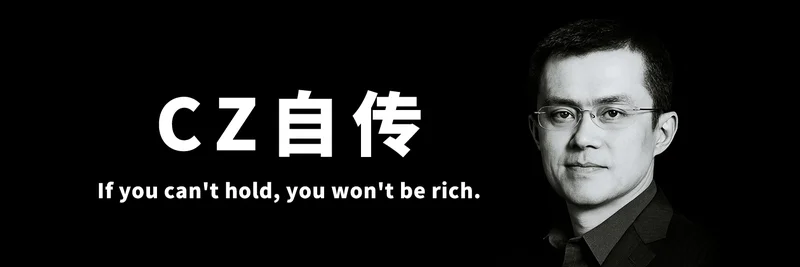Hey there, crypto enthusiasts! If you’ve been keeping an eye on the latest buzz in the blockchain world, you might have stumbled across a thought-provoking post by MartyParty on X. Posted on August 9, 2025, this tweet dives into the nitty-gritty of Chainspect, a popular site for real-time blockchain metrics, and offers some sharp feedback on how it handles Layer 2 (L2) networks and transactions per second (TPS) data. Let’s break it down and see what it means for blockchain practitioners and meme token lovers alike!
What’s the Buzz About?
MartyParty, a notable voice in the crypto community, points out a key misconception: Layer 2 solutions aren’t blockchains themselves but rather sequencers that bundle transactions and send them to a Layer 1 (L1) blockchain, like Ethereum. This is a big deal because it affects how we understand scalability in the crypto space. Chainspect, which tracks TPS and other metrics, lumps L2s and L1s together, and Marty suggests a cleaner approach—separate tabs for L1 blockchains, L2 sequencers, and decentralization levels. It’s a call for clarity that could help users like us make better sense of the data.
He also takes a jab at including testnet TPS figures, calling them “workbench fake data” that can mislead. Testnets are like practice grounds for blockchains, with fewer users and higher speeds that don’t reflect real-world performance. Marty’s solution? A dedicated testnet tab to keep things honest. Despite the critique, he still gives Chainspect a shoutout as his favorite metrics site, encouraging the community to bookmark it and help refine it together.
Breaking Down Layer 2 and Sequencers
So, what exactly are Layer 2 and sequencers? Let’s keep it simple. Layer 1 blockchains (think Bitcoin or Ethereum) are the main networks where transactions are recorded. But as more people jump in, these networks can get clogged, leading to slow speeds and high fees. That’s where Layer 2 comes in—a secondary layer that processes transactions off-chain and then sends them back to the L1 for final settlement. Sequencers are the “air traffic controllers” here, organizing those transactions before they’re rolled up and sent off.
For example, Coinbase’s Base blockchain uses a sequencer to handle transactions, earning fees in the process. But Marty’s right to highlight the confusion—calling L2s “blockchains” can blur the lines, especially when decentralization is a goal. A centralized sequencer could be a weak spot, potentially censoring transactions or failing if shut down.
TPS: Why It Matters (and Why Testnet Data Can Trick You)
TPS, or transactions per second, is a key metric for measuring how fast a blockchain can process transactions. Chainspect’s data shows Solana leading with 1,412 TPS, while L2 networks like Base clock in at 101.5 TPS. Impressive, right? But here’s the catch: testnet TPS numbers, like Somnia’s 118.5 TPS, are often inflated because they’re run in controlled environments with minimal traffic. In the real world, those speeds drop, which is why Marty argues they shouldn’t mix with live data.
This matters for meme token projects, where quick transactions can boost hype and adoption. If you’re building or investing in a token, understanding actual TPS versus testnet hype can save you from overestimating a project’s potential.
What This Means for Meme Insider Readers
At Meme Insider, we’re all about helping you navigate the wild world of meme tokens and blockchain tech. Marty’s feedback is a goldmine for practitioners looking to refine their tools and strategies. Separating L1 and L2 data could help us spot undervalued projects or identify scalability risks in token ecosystems. Plus, pushing for accurate TPS metrics ensures we’re not chasing mirages—especially when meme token rallies depend on real-world performance.
Join the Conversation
Marty’s post is a great starting point for discussion. Head over to his tweet and chime in with your thoughts—should Chainspect make these changes? How do L2 sequencers impact your favorite meme tokens? Let’s improve these tools together, just like Marty suggests!
Whether you’re a developer, investor, or just a meme token fan, staying informed about blockchain scaling and metrics is key. Keep exploring with us at Meme Insider, and let’s ride the crypto wave together!


